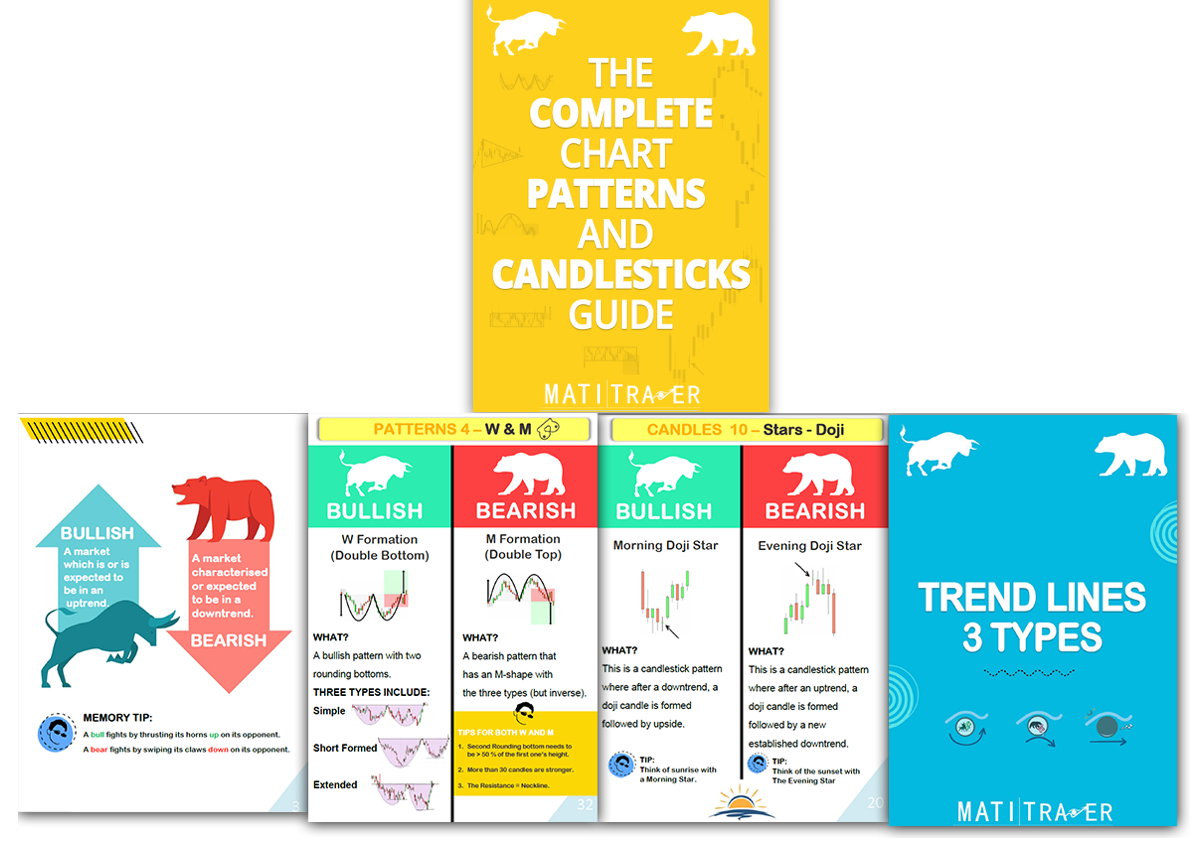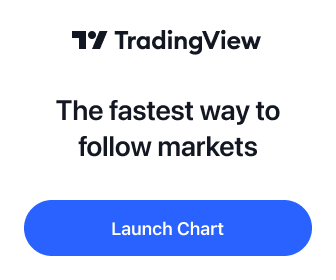Why Financial Markets Will Always Change – 9 Reasons
The only thing constant about financial markets is that they change.
And since 2007 or so, with the higher availability of trading different instruments and markets world-wide.
And not to mention, the ability to go long (buy) and go short (sell).
Yes, these everyday possibilities were difficult to find and trade back then.
Now I’m speaking my age in the markets. But it’s important to know, the algorithms are changing the game every single year.
As long as you’re a trader you need to be able to learn, grow, adapt and evolve with every changing markets.
Let’s go into details about WHY the markets are changing…
-
New and Old Traders (Volume and liquidity)
Traders are the lifeblood of financial markets.
They come in all shades of experience, net worth, strategies and diversity.
Each new trader and investor, brings fresh perspectives, risk appetites, and systems.
And when they execute, it causes a ripple into the market ecosystem.
Similar to the ‘Butter-fly effect’ where one tiny flutter of the wing can cause weather disturbances which could result in a hurricane.
This blend of old and new creates a constant state of flux, volume, liquidity and adds their unique touch to the market canvas.
-
New Market Information (Local or international)
Information is the bedrock of trading decisions.
In today’s hyperconnected world, news, data releases, and geopolitical events can instantaneously ripple through markets.
Whether it’s an unexpected earnings report, a geopolitical crisis, FOMC or Central Banks decisions, or a technological breakthrough (like AI).
This new information triggers a financial market reaction.
-
New Micro, Macro, and Fundamentals (Unrelated to charts and price)
Microeconomic factors include things like: individual company performance.
Also think of corporate actions such as mergers and acquisitions. These will also reshape industry landscapes and impact stock prices.
Fundamentals include any internal news related or announcement event that is NOT related to price and volume action on a chart.
While macroeconomic indicators include: GDP growth with money tightening and injection controls.
While Central banks’ decisions on interest rates, inflation rates and monetary policies influence borrowing costs, investment decisions, and market valuations.
These also play a pivotal role in market dynamics.
As these factors evolve over time, they influence market sentiment (how investors feel on what to buy and sell)
And this obviously drives price movements.
-
World Economic Info (Major changes happening)
Globalization has interconnected economies in ways unimaginable just a few decades ago.
On the one hand we have 6 more countries joining BRICs. Which is showing the political war and dynamic change between the East and the West.
Economic trends in one part of the world can have far-reaching effects elsewhere.
Trade agreements, currency fluctuations and Forex wars, and shifts in supply chains impact various sectors and industries.
And this can also lead to a change in market price, volume and conditions.
Also, when one event kicks in there is a domino effect.
And this can trigger a cascade of events that reverberate across financial markets worldwide.
-
Sentiment (How the overall feeling is)
Psychological factors like fear, greed, and uncertainty can drive sudden market movements.
Market sentiment is often reflected in buying and selling volumes.
When investors and traders are feeling optimistic and positive – they buy and hold.
When they are feeling down and negative (about positions) – they sell and short.
High volume with buying or selling can indicate strong conviction – for other investors.
While low volume might signify uncertainty.
This ebb and flow of market participation led to constant changes in market trends and patterns.
Then there are other reasons that financial markets are constantly changing including:
-
Technological Advancements (At an accelerating rate)
As the world evolves and technology compounds at unprecedented levels, we will see innovations in:
-
Trading platforms
-
Algorithms
-
new instruments & markets
-
high-frequency trading
-
New AI related trading bots
-
Better chart pattern recognition plugins
-
Improved automatic trading developments.
And emerging technologies can change existing business models in a way they can make them obsolete to totally transform them.
These will all influence market behaviour of demand and supply with investors and traders.
Which will cause a shift and change in price and volume.
-
Regulatory Changes (Boring but inevitable)
Also, rules.
Rules, regs and legs are always updating and changing.
This will also alter trading practices, liquidity, price movement and market structure.
-
Political Uncertainty (Fun times ahead for the world)
The rate the world is separating and joining forces in all different ways, there is change coming to the financial markets.
With the EU having control over 27 countries economies.
With BRICs adding another 6 countries to theirs.
With other countries breaking away from the US dollar.
While other companies and countries are switching and adopting more to crypto and AI.
The very foundation of politics and control is changing under our very eyes.
And this will definitely have a major shift in economic directions as well as on the markets.
-
Natural Disasters and health disasters (Brace yourself and keep your masks)
From Global Warming, to less resources available to mind.
From catastrophic events, floods and droughts.
These can all disrupt supply chains, impact production, and affect the prices of commodities and goods.
And then financial markets and prices, will all be affected.
And what about pandemics?
If we have another COVID-19 type event, this will once again create rapid shifts in consumer behaviour.
And this will have a major impact and ripple throughout companies, industries, countries and essentially the world markets.
FINAL WORDS:
You can clearly see, why financial markets will always change.
And as markets continue to shift and adapt, the only constant is change itself.
So it’s our job to adapt or die.
Embrace it, learn from it, love it and enjoy the process along the way.
It means, this journey and income generating source will NEVER get boring.
It can ONLY get better (well we can be optimistic to think that).
Let’s sum up why the financial markets landscape will always change…
-
New and Old Traders (Volume and liquidity)
-
New Market Information (Local or international)
-
New Micro, Macro, and Fundamentals (Unrelated to charts and price)
-
World Economic Info (Major changes happening)
-
Sentiment (How the overall feeling is)
-
Technological Advancements (At an accelerating rate)
-
Regulatory Changes (Boring but inevitable)
-
Political Uncertainty (Fun times ahead for the world)
-
Natural Disasters and health disasters (Brace yourself and keep your masks)

Trade well, live free.
Timon Rossolimos
Founder, MATI Trader
CONNECT WITH US:
Facebook Group:
http://www.facebook.com/groups/matitrader
Website:
http://timonandmati.com
Discord:
https://discord.gg/c8f37kyv35

Order via our secured website:
Click here to order The Complete Charts Patterns and Candlesticks Guide by MATI Trader book
Or order via EFT payment”
Click here to order the book via EFT (all info in the invoice).
Enjoy and remember…
You won’t need to buy or order another book on chart patterns and candlesticks ever again as I will be updating it very often and will let you know.
Not sure the best way to get started with MATI Trader?
Follow these steps to start your successful trading journey.






